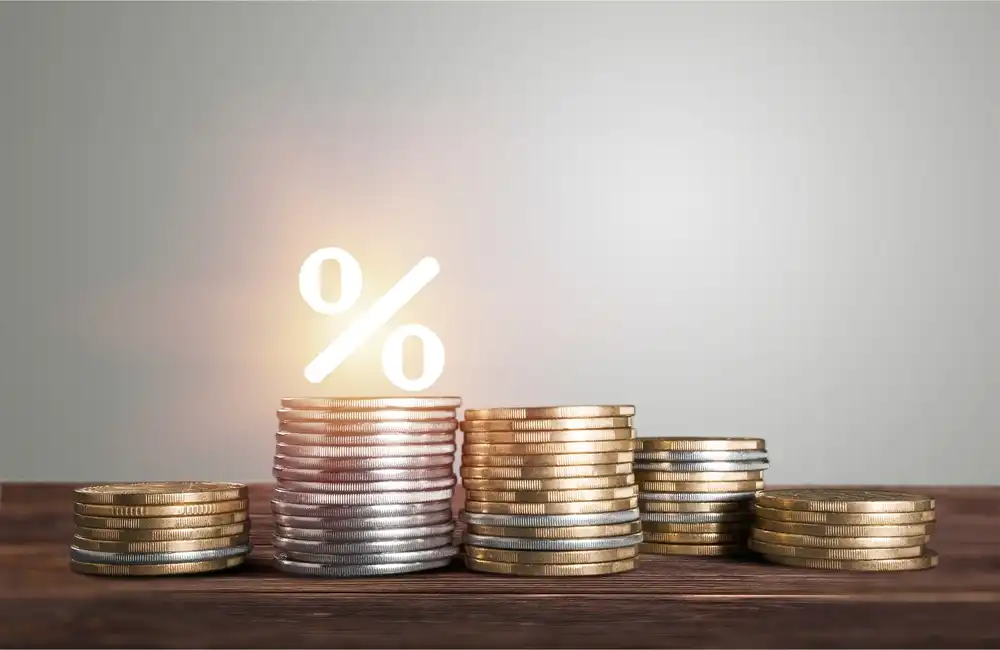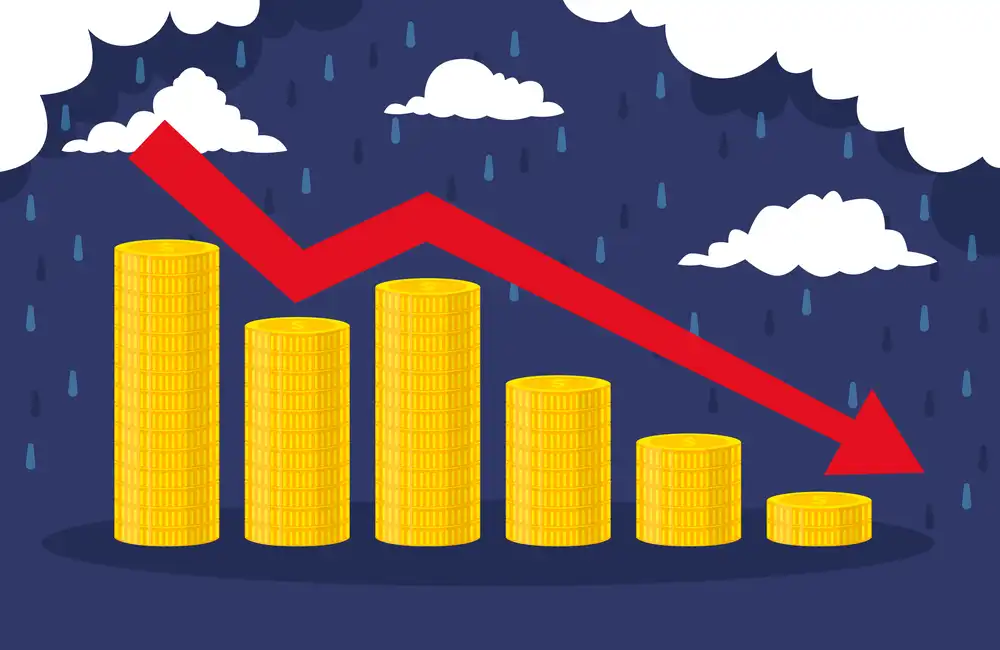On May 9, speaking at the Investing in Africa Mining Indaba 2022, Anglo American Group CEO Duncan Wanblad called the energy transition an "era-defining opportunity" for Africa, owing to the continent's rich natural deposits of the mined minerals required to facilitate the shift to a low-carbon economy.
Investment for the 2-Degree Celsius Limit
To achieve the 2-degree Celsius limit on global warming, nearly 2 trillion dollars of capital investment will be needed over the next 15 years, Wanblad said in a keynote address, adding that this would be additional capital and should be directed toward the metals that exist in large volumes across many parts of the African continent.
The Role of Metals in Energy Transition
Metals and minerals will be critical in delivering on the energy transition, and the pressing need to decarbonize means demand for mined minerals is expected to rapidly ramp up in the coming years, Wanblad said.
Analysts at S&P Global Commodity Insights estimate that sales for global plug-in light-duty electric vehicles will hit 13.7 million units by 2025 and 26.8 million units by 2030, up from 6.3 million units in 2021.
Battery Metal Prices and Market Growth
Battery metal prices are projected to benefit from the energy transition, with S&P Global Commodity Insights' seaborne lithium carbonate and lithium hydroxide assessments rising 121.9% and 152.4% respectively since the start of 2022 to $75,000/mt CIF North Asia and $80,000/mt CIF North Asia as of May 9.
Wanblad's Vision for Africa's Role
“We cannot afford to lose an era-defining opportunity. We’re gearing up for a new economy, and the African continent should and can be an integral part,” Wanblad said.
However, he added that both the private and public sectors must take steps to ensure the transition does not amount to a missed opportunity for Africa. Companies will need to advocate for the right policies, and government policy will need to enshrine regulatory certainty, the rule of law, security, and the elimination of corruption.
“If the last couple of years have taught us anything, it could be this: the power of partnership, working together does deliver amazing results, and it’s in this space we can bring expertise together with government,” he said.
Transformation of the Mining Industry
Regarding decarbonization, Wanblad stated: “The mining industry has to continue to transform itself at pace, and consider its role in getting to a net-zero carbon future in the cleanest, and most socially responsible way possible.”
“We’ve got an obvious and urgent need for what we do like never before. Our challenge is clear, we need to deliver and meet that demand in a different way than we’ve been able to deliver to this day, aligned with the needs of society and the environment, creating value inclusively for all stakeholders,” he said.
“We cannot underestimate what further innovations we will need to apply to support this transition,” he said, noting that exploratory mining technologies will need to be developed not only to make operations safer but also to address challenges like declining ore grades.
Hydrogen-Powered Haul Trucks
Wanblad cited as an example the hydrogen-powered mine haul truck pilot launched earlier in May at its Mogalakwena platinum group metals operation in South Africa's Limpopo province, the largest of its kind. Rolling this technology out across its global fleet could eliminate as much as 80% of the diesel emissions at the company’s open-pit mines, he said.
Hydrogen would be adopted more universally for heavier-duty forms of transport where batteries would not work, Wanblad said, before calling the move a practical example of thinking outside the box for positive and sustainable returns.
The Role of Mining in Energy Transition
“While we are undertaking the work to decarbonize our operations, there is one fact that is often overlooked: The world cannot decarbonize without mining; mining is the bedrock and the enabler of the energy transition,” Wanblad said.
He pointed to platinum group metals (PGMs), for instance, long having played and continuing to play an important role in emissions reduction (especially petrochemical emissions) and in green energy production and energy storage capacity needed to meet the world’s 2050 energy demand.
He added that the picture was even brighter for copper, a “key ingredient” in the coming age of renewable and sustainable energy, as wind turbines, electric vehicles, and solar panels all require the metal.
Ethical Mining for the Future
“I suppose my point is that mining has a long-tail agenda behind delivering the energy transition, and we have to make sure that all mining is now climate-smart mining,” Wanblad said.
He added that broadening perceptions of mining in the wider society and ensuring that it was ethical sources of raw minerals or metals that went into end products were also crucial.
“The onus to mine responsibly and mining is not just part of or a cog in the future, I think it’s the backbone,” Wanblad concluded.





















